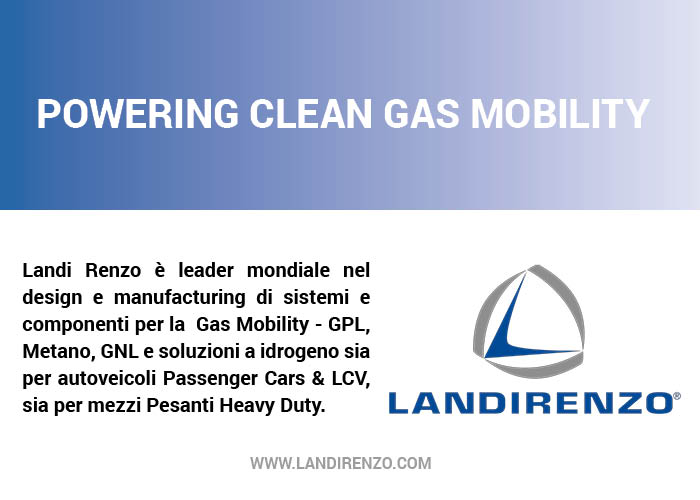The European Commission adopted this past mid-July a package of proposals to make EU policies on climate, energy, land use, transportation and taxation suitable for reducing the net greenhouse gas emissions by at least 55% by 2030 compared to the 1990’s levels.
In terms of transportation, stricter rules will be implemented for CO2 emissions, which for new cars, translates into a 55% decrease of gas emission in 2030 and 100% in 2035 taking into comparison the year 2021 levels. Consequently, all new cars registered from 2035 onward should be zero-emission (read electric rechargeable, or powered by green hydrogen with fuel cell technology). Is this initiative realistic? We believe not, due to the available resources, electrical recharging networks, necessary components for batteries. Is this initiative right? Once again we do not completely agree: there are other resources with minimal impact that are not taken into account, such as alternative fuels, bio-fuels and in particular bio-methane, which fully embodies the concept of circular economy: from waste to useful energy. The basic error is to consider only the exhaust emissions and not those of the entire production and the vehicle and fuel’ life cycle.
BLOG COMMENTS POWERED BY DISQUS



















